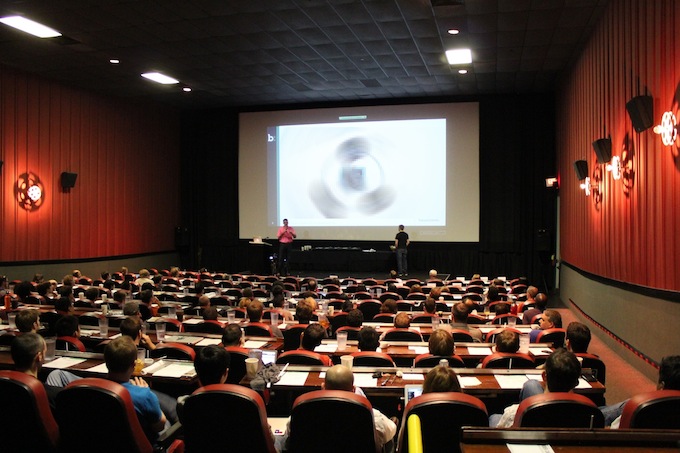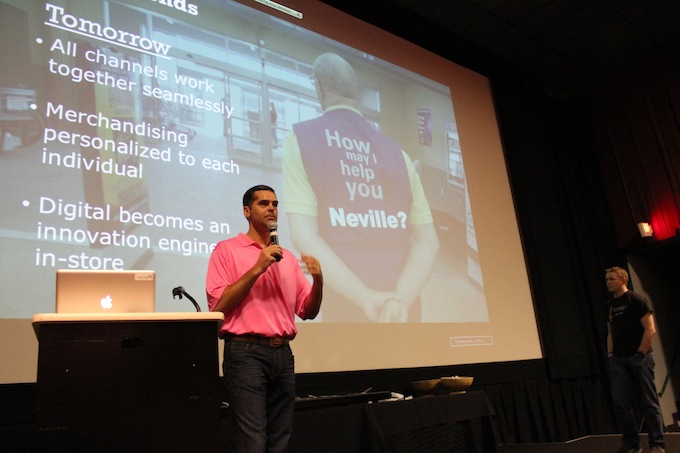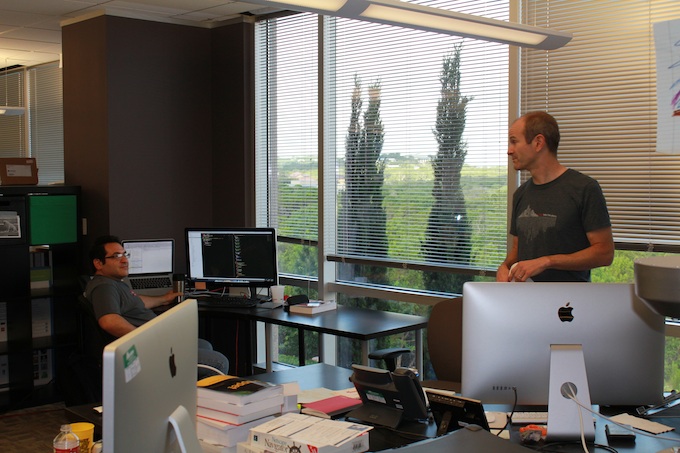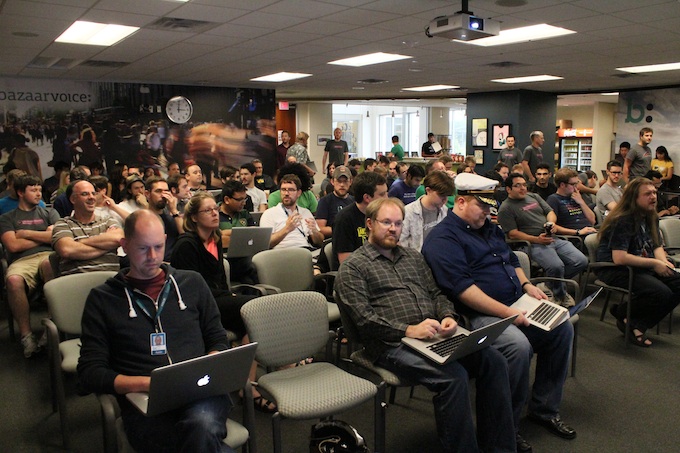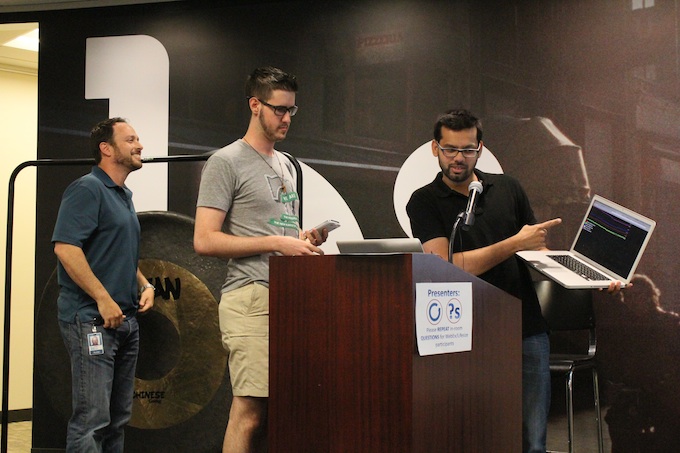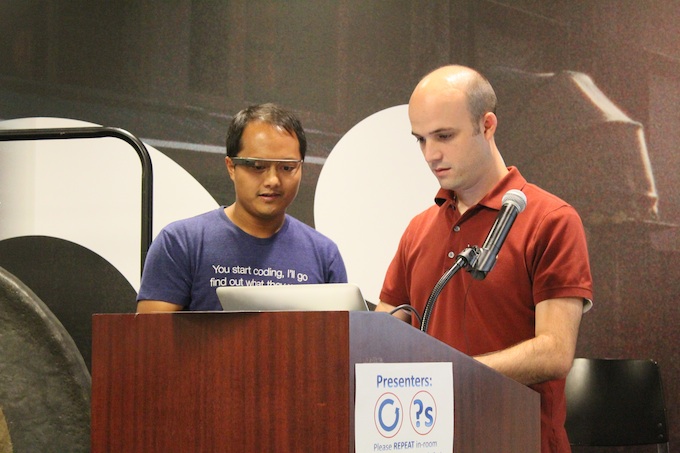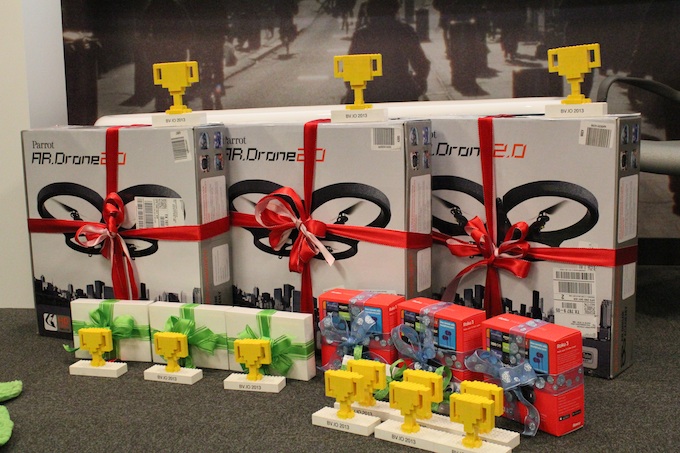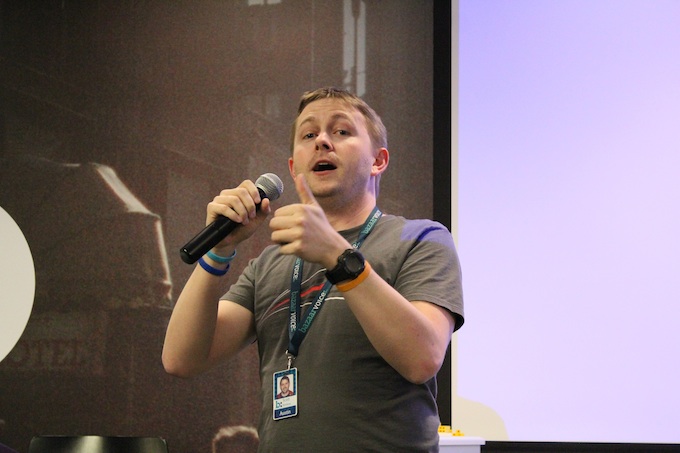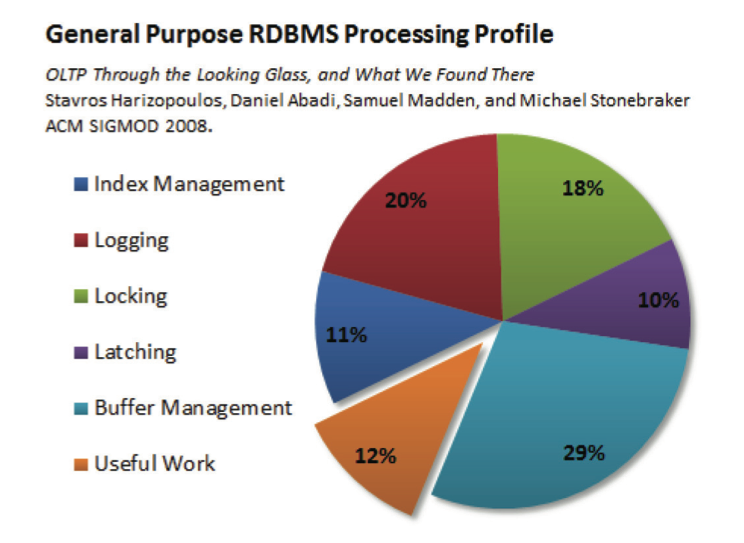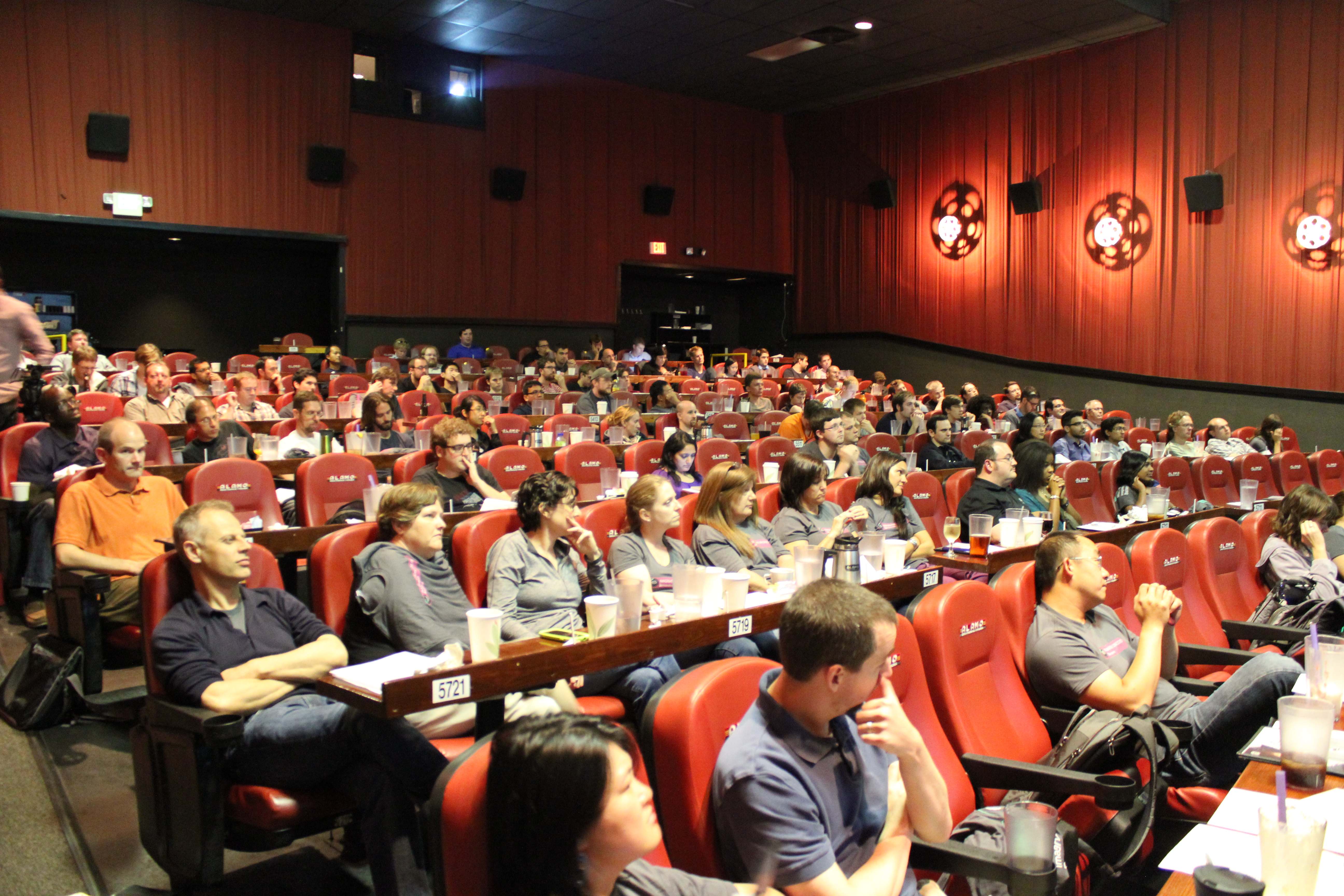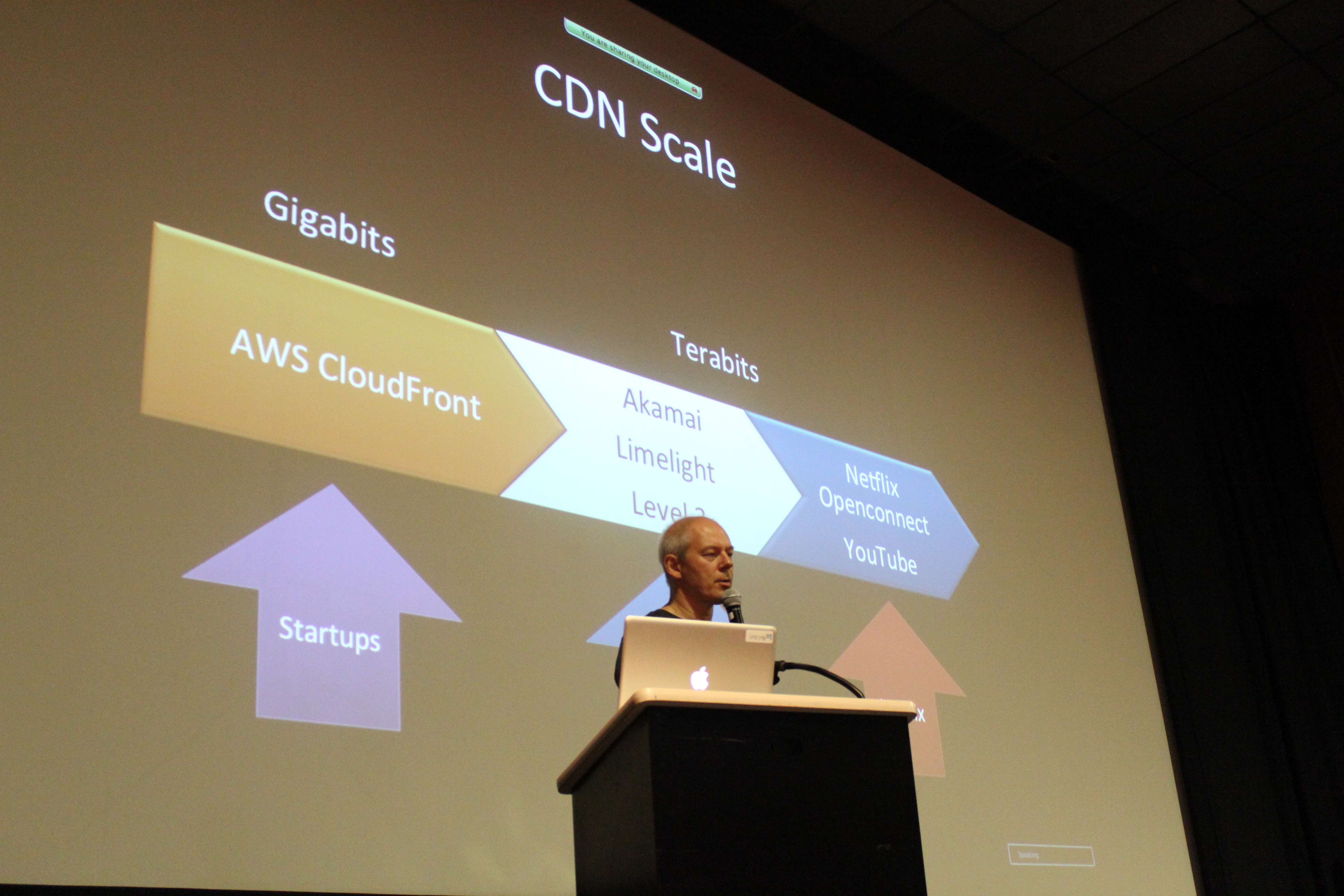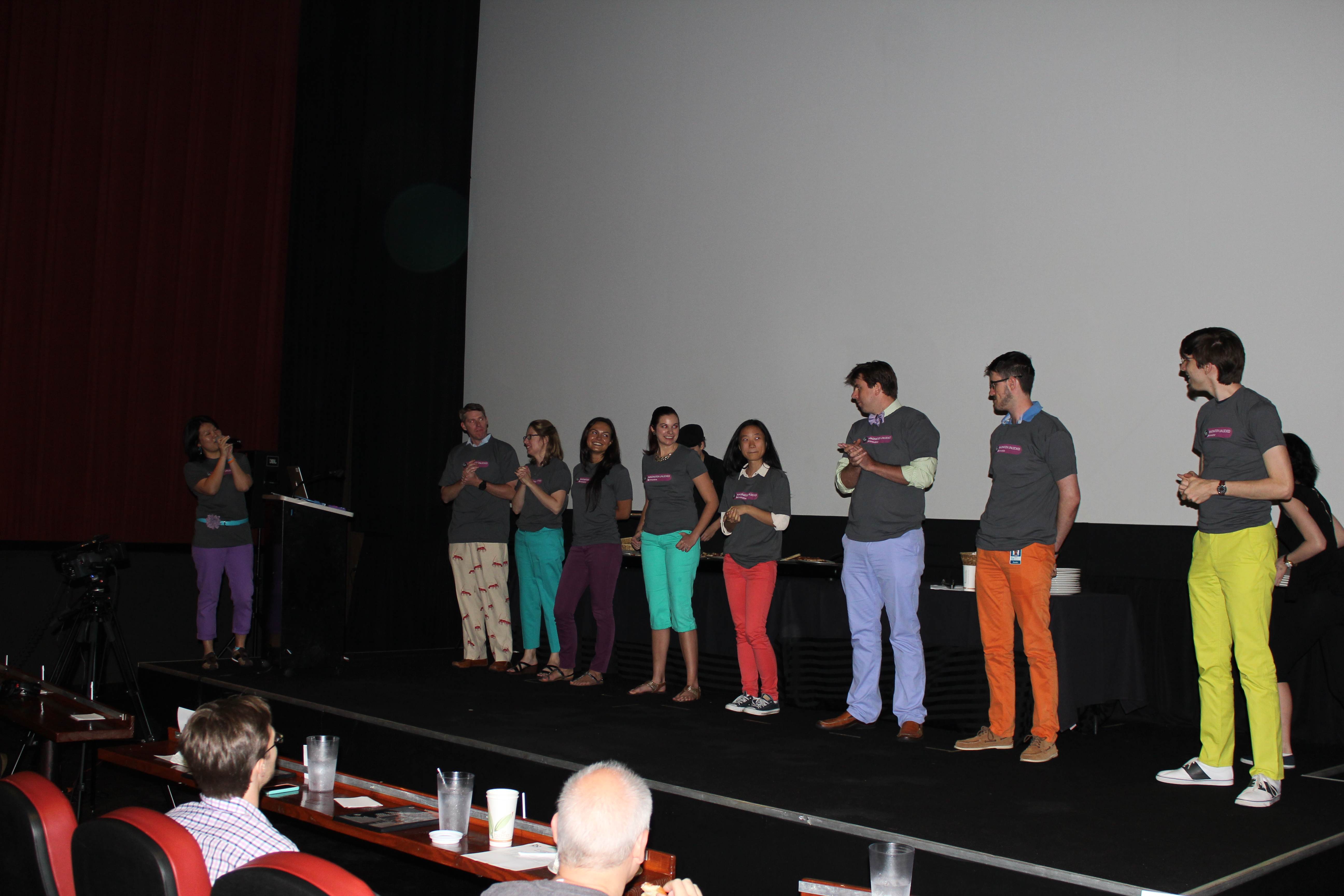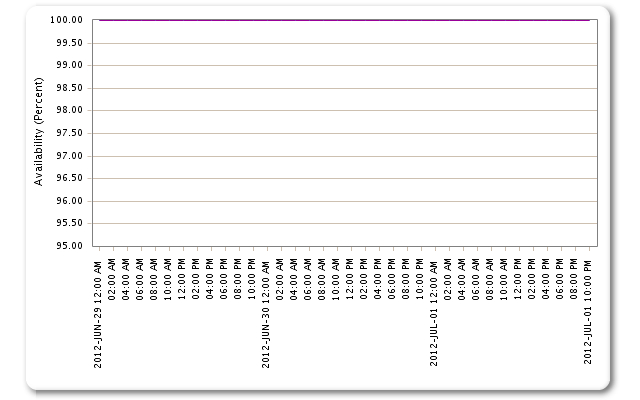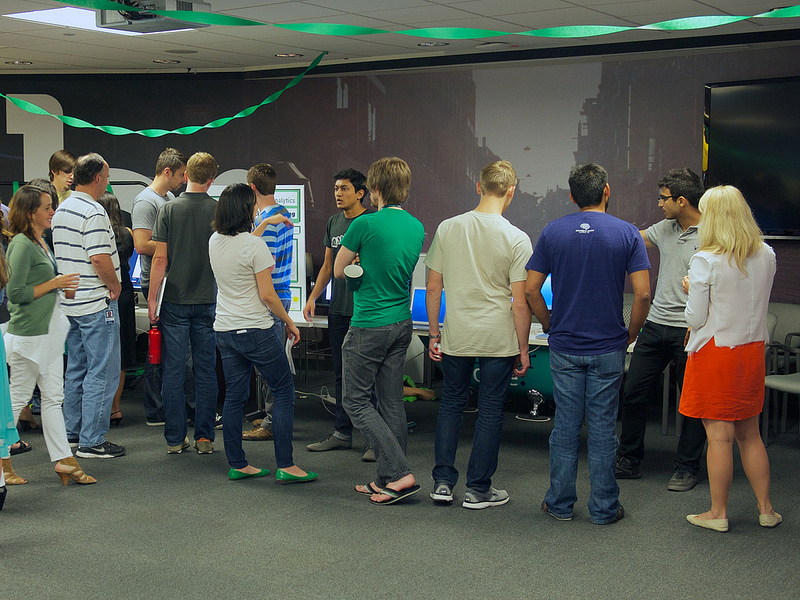 Every year at Bazaarvoice we bring on a new class of Summer interns and put them to work creating innovative (and educational) projects. At the beginning of the Summer interns choose from a list of projects and teams that interest them. From there they are embedded in a team where they spend the rest of the Summer working on their chosen project with help from seasoned professional mentors. At the end of the Summer they set up demos and we invite the whole company to visit with them and see what they have accomplished. Read on to learn about our interns and their fantastic and innovative projects.
Every year at Bazaarvoice we bring on a new class of Summer interns and put them to work creating innovative (and educational) projects. At the beginning of the Summer interns choose from a list of projects and teams that interest them. From there they are embedded in a team where they spend the rest of the Summer working on their chosen project with help from seasoned professional mentors. At the end of the Summer they set up demos and we invite the whole company to visit with them and see what they have accomplished. Read on to learn about our interns and their fantastic and innovative projects.
Below are some of the 2013 intern science fair projects in the creators own words:
Devin Carr
School: Texas A&M – Field of study: Electrical Engineering
I built a product review template using the Bazaarvoice Platform API as well as some of the latest front-end libraries and architectural patterns. It provides a best practice and simplistic model to assist potential/existing clients and their developers with a base to develop an efficient product page integrated with Bazaarvoice Ratings & Reviews.
Lewis Ren
School: UC Berkeley – Field of study: Electrical Engineering & Computer Science
Genie is a product recommendation tool based on user clustering. The idea is that you want to give every user the possibility of a product within the network as a recommendation; however, be able to rank them in such a way that is most relevant to the specific user. By clustering users based on modularity we can determine how big of an impact a specific user will have on the rest of the network. For example, a high modularity node that makes a decision will have a stronger impact on its neighbors, but will propagate out slower and have a small to negligible effect on outer nodes. Similarly, a low modularity node that makes a decision will have a lesser impact, but will radiate outwards much more quickly.
Matt Leibowitz
School: University of Dallas – Field of study: Physics / Computer Science
My project is called Flynn, which is a web page for accessing documents out our data store. Flynn allows developers to bypass a fairly long and involved process (up to ten minutes of looking up documentation and performing curl requests) with a quick and simple web interface.
Perry Shuman
My project is a bookmarklet built to provide debug information about a page with injected BV content: information that could help a client fix implementation issues that they might have, without having to know the inner workings of our code. It also allows previously hidden errors to be displayed to a client, giving them a first line of information to debug broken pages.
Ralph Pina
School: UT Austin – Field of study: Computer Science
“Over this past summer I interned with Bazaarvoice’s mobile team. In its effort to make it easier to integrate BV’s services into every platform and outlet their clients use it has build and distributed mobile SDKs (Software Development Kits) to display and submit data to the BV API. I worked to improve the Android SDK, and along with another intern, Devin Carr, wrote a new Windows Phone 8 SDK. I also wrote 2 Windows Phone 8 sample applications to demonstrate how to implement the SDK in an app. Afterwards, we opened sourced all our mobile SDKs under the permissive Apache 2.0 license.”
Rishi Bajekal
School: University of Illinois at Urbana-Champaign – Field of study: Computer Science
Built a RESTful web service for serving photos from the data stack and worked on the Conversations 2013 API as part of the that team.
Ryan Morris
School: McCombs School of Business at the University of Texas at Austin – Field of study: Management Information Systems
My project’s theme was predictive modeling and focused around using a client’s web metrics, review count, and average rating to predict orders for products. To create the predictive model, I pulled the client’s visits, orders, and revenue for a certain time period from their web analytics account. I then pulled the client’s number of approved reviews and average rating for each product from the Bazaarvoice database using mySQL. Finally, I ran the data in the statistical program R to come up with a predictive model. With this model, I was able to analyze the effects that varying review count and average rating had on predicted orders for a product.
Schukey Shan
School: University of Waterloo – Field of study: Software Engineering
My project was the brand search summary, which provides both an API and a UI to summarize data we collect on brands. For example, if we search for a brand “Acme”, the API looks for all the brand names that contain the word “Acme”, creates a composite of the matched brand values, and returns the count for pageviews, ugc mpressions, and unique visitors for each client of each brand value in the composite. This would be useful as an overview of how brand values look like over the network.
Steven Cropp
School: Rensselaer Polytechnic Institute – Field of study: Computer Systems Engineering and Computer Science
This Summer I worked on an xml file validation service. Users can set up “rules” that dictate how xml files must be formed, and then apply those rules to our clients xml feeds to generate user friendly reports that outline what is wrong with the xml, and some details about how to fix any issues. This should help smooth out the process our clients go through when importing feeds, saving the support team and our clients time.
Thomas Poepping
School: Carnegie Mellon University – Field of study: Computer Science
1. A tool to inject spreadsheets of UGC into the system.
2. An addition to the web app that generates a payroll report for all moderators, streamlining the payroll process.
3. A pilot WordPress plugin that moderates WordPress comments, then allows administrators to act on rejected comments.

